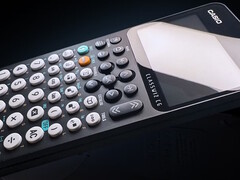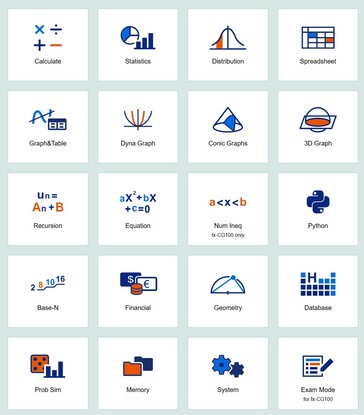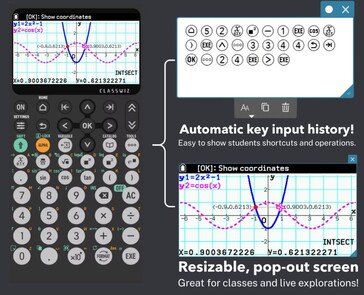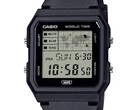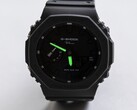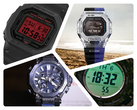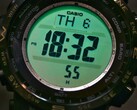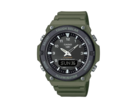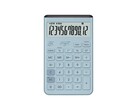Casio US has released its fx-CG100 ClassWiz color graphing calculator with the ability to program custom applications in MicroPython. The top-of-the-line model comes with over 2,900 functions, allowing owners to tackle a wide range of mathematical challenges facing K-12 to graduate school students.
The ClassWiz handles mathematical challenges facing students in the areas of pre-algebra, algebra, trigonometry, and calculus. It has the ability to create spreadsheets with 26 columns and 999 rows of data for statistical analysis and graphs. Additional features include financial calculations, unit conversions, physical constants, and a periodic table of elements.
The calculator can animate variables when graphing functions in 2D and find the intersection of 3D objects, such as cones, planes, and custom functions. Users can manipulate and annotate graphs before saving .bmp screen shots.
The fx-CG100 calculator accepts MicroPython programs up to 300 lines in length, with the ability to graph data and functions with the turtle, matplotlib.pyplot, and casioplot modules. This allows students to create custom programs to tackle challenges not covered by the included functions. The MicroPython .py, spreadsheet .csv, and .bmp screen shot files can be imported from and exported to a PC.
For teachers, the Casio ClassPad Workspace offers a free PC emulator of the fx-CG100 calculator for use in classroom presentations. Students can use the calculator on standardized tests, such as the ACT, AP, PAST, and SAT tests, by enabling the Exam Mode, which locks out custom apps and user-added data.
The Casio fx-CG100 ClassWiz has an MSRP of $119.99. The calculator can be purchased on Casio's website and soon from the Casio store on Amazon. Teachers should contact Casio Education to inquire about bulk purchases and educational discounts.
Readers should know that in the long-running calculator battle between Texas Instruments and Casio, the TI-84 Plus CE Python calculators (like this one sold on Amazon) take it a step further by including the ability to collect data from external sensors and control devices, such as robots and flying drones.




